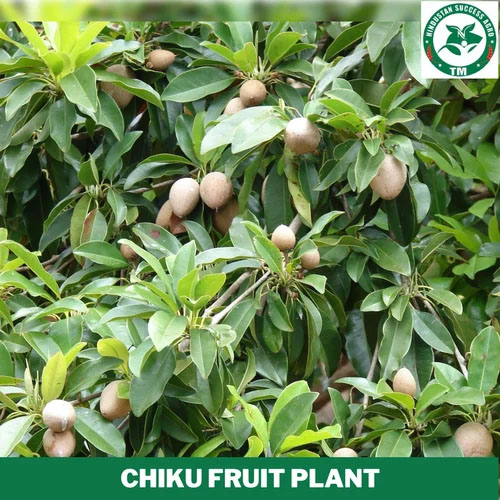Kalipatti Sapota Plants
-
- Sapota trees can be affected by pests such as fruit flies, aphids, and scale insects, as well as diseases like leaf spot and root rot.
- Regular monitoring and integrated pest management (IPM) practices are important for maintaining tree health.
-
Mulching:
- Use mulch around the base of the tree to help retain soil moisture, suppress weeds, and regulate soil temperature.
- Keep the mulch a few inches away from the trunk to avoid rot.
-
Harvesting:
- Harvest sapota fruit when it is fully ripe and has developed its characteristic color and softness.
- The fruit should yield slightly to pressure when ripe. Store harvested fruit in a cool, dry place or refrigerate to extend shelf life.
Additional Tips
-
Pollination:
- Sapota trees are generally self-pollinating, but having multiple trees can improve fruit set and yield.
-
Frost Protection:
- In regions where frost is a concern, protect the tree with frost blankets or choose frost-resistant varieties if you live in an area prone to cold temperatures.
-
Container Growing:
- Sapota trees can be grown in large containers, making them suitable for small gardens or patios. Ensure the container has good drainage and use a high-quality potting mix. Container trees may require more frequent watering and fertilization.
-
Nutritional Benefits:
- Sapota is rich in vitamins (such as vitamin C), dietary fiber, and antioxidants. It is often consumed fresh, used in smoothies, desserts, or processed into juices and jams.
If you have specific questions about growing or caring for sapota plants or need more details, feel free to ask!


